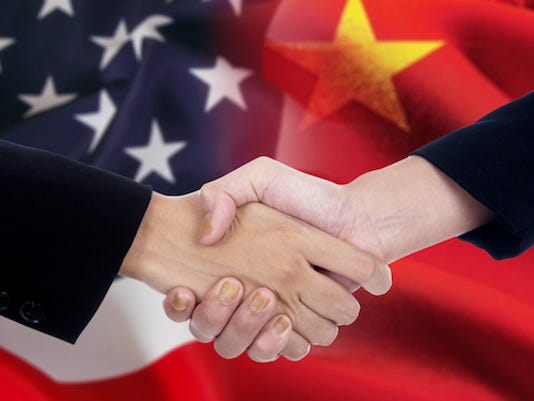By Manuel Lafont Rapnouil, Tara Varma and Nick Witney
 Only if Europeans resume a serious debate about their responsibilities for their own security
Only if Europeans resume a serious debate about their responsibilities for their own security
“Do we need the bomb?” asked the front page of Welt am Sonntag, one of Germany’s biggest newspapers, last month. In an essay in the paper, political scientist Christian Hacke answered “yes”, arguing that, “for the first time since 1949, the Federal Republic of Germany is no longer under the United States’ nuclear umbrella.”
It is extraordinary that the anti-nuclear, peace-loving Germans should be toying with such ideas. For 70 years, the NATO alliance has ultimately rested on the belief that, in extreme circumstances, the US president would be willing to risk the destruction of Chicago to protect Berlin. Yet Donald Trump’s catastrophic summer foray into Europe – in which he mused to alliance leaders that, unless Europeans shaped up, the US might “go our own way” – has rendered any such belief untenable.











/arc-anglerfish-arc2-prod-mco.s3.amazonaws.com/public/6OIKEMU4XBCTZMRLJ7SPDVLHB4.jpg)


/arc-anglerfish-arc2-prod-mco.s3.amazonaws.com/public/BAPPUHYQQRDMFMAQL6GCXCU644.jpg)


